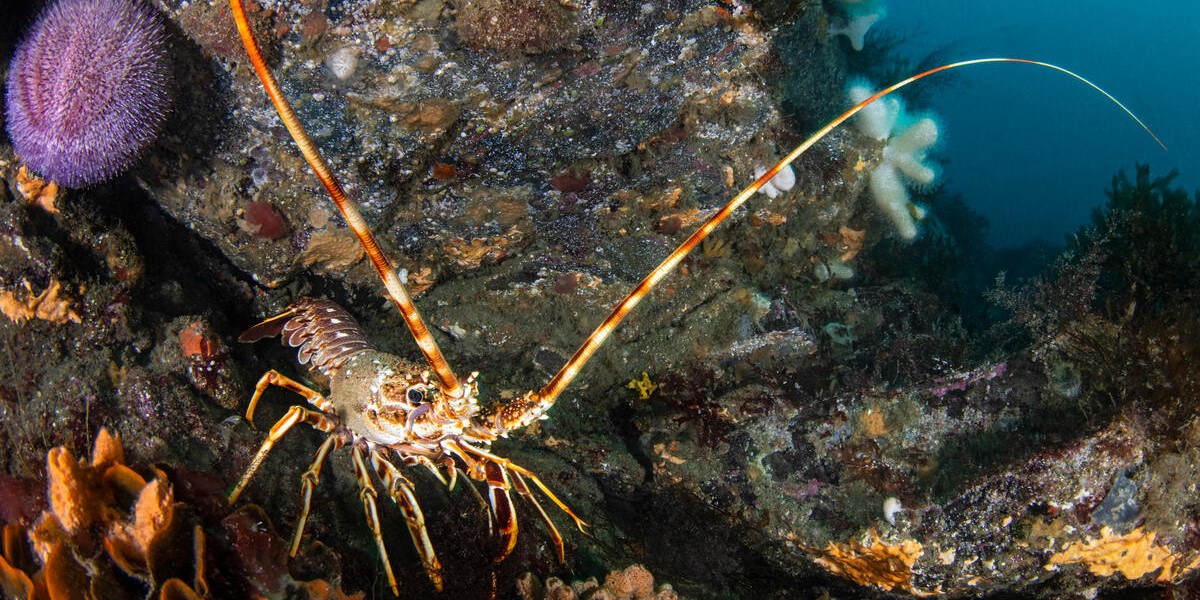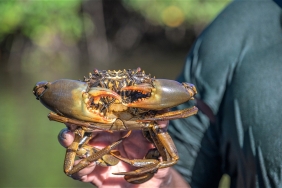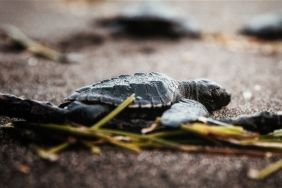WILL LOBSTERS BECOME EXTINCT?
Humanity's ability to set trends has brought the lobster out of its burrow, where in the 19th century it was known only as a dish for the poor. The lobster, with its thick, tough shell and large claws, has since begun to earn a special place in the hearts of seafood connoisseurs around the world.
The fast pace of the dynamic market for lobster has boosted the livelihoods of fishermen around the world, but the consequences are fixed and predictable. The lobster fishery in the southern waters of Lombok, including the waters of Central Lombok, which was once abundant, is now highly dependent on the season. From the two lobster collectors in the Gerupuk and Mawun Bay areas observed, the lobster catch in May until the end of the year during the strong windy south season is very little to no catch at all.
When large lobsters are hard to come by, no doubt fry are caught to make a living. Knowledge of lobster has led fishermen to invent an effective fishing gear for lobster fry, known as Pocong.
In order to keep earning an income, fishermen in the Central Lombok region focus on catching lobster seeds by using pocong fishing gear installed on floating net cages.
Pocong made of plastic sacks serves as a substrate for lobster pups to which the pups attach. Then the lobster puppies are harvested by fishermen and taken to the collection ponds.
Catching lobster pups measuring 0.5-1.5 cm is done every day throughout the year, except during the full moon. In a day, the number of lobster pups caught can reach 10,000. Even in one month it can reach 100,000 tails.
The collected lobsters are sold by fishermen to collectors at a price of up to Rp 15,000 per head. From the collectors, these lobster chicks are then exported abroad, such as Vietnam and China and then raised until they reach consumption size.
When examined more deeply, the business of catching lobster pups is actually very detrimental to fisheries in Central Lombok. Economically, the price per tail is very cheap, and ecologically, this condition has a negative impact on the sustainability of the lobster fishery.
The life cycle of lobster takes quite a long time (3-4 years from the size of a pup). This massive exploitation of lobster pups will lead to overfishing recruitment, threatening the sustainability of adult lobster stocks in nature.
The Minister of Maritime Affairs and Fisheries of the Republic of Indonesia through Ministerial Regulation No. 1/Permen-KP/2015 on Catching Lobster (Panulirus spp.), Crab (Scylla spp.), and Crab (Portunus pelagicus) has emphasized in Article 3 about the allowable catch size. The allowable catch size for lobster is above 8 cm carapace length and requires the re-release of marine species in spawning condition.
The regulation will be implemented in stages, in general, it certainly guarantees the recruitment process of the three commodities in nature. However, this condition is contrary to the capture of lobster pups in Central Lombok. The capture of juveniles whose size is clearly less than 8 cm will disrupt the stability of the stock that should have been supported by the Ministerial Regulation.
WWF-Indonesia supports the implementation of the Ministerial Regulation and is concerned about the over-exploitation of lobster pups in the wild. As a mitigation effort of overfishing recruitment, one of the steps that can be taken is the diversion of livelihoods by exploring the potential of existing local fish resources. In addition, it is also necessary to look at the potential of the local area that can be developed. Because if fishermen only rely on lobster fishing, over time the resources will run out.
The high demand for lobster makes this biota caught by all means in large quantities. If this condition continues, some fisheries experts predict that by 2048, the world's citizens will only be able to consume jellyfish and plankton. WWF strives to introduce the idea of "sustainable seafood" to consumers and encourage them to make wise seafood choices. Be a wise seafood connoisseur by downloading the Seafood Guide.
Author: Adrian Damora - Fisheries Science Officer WWF-Indonesia





